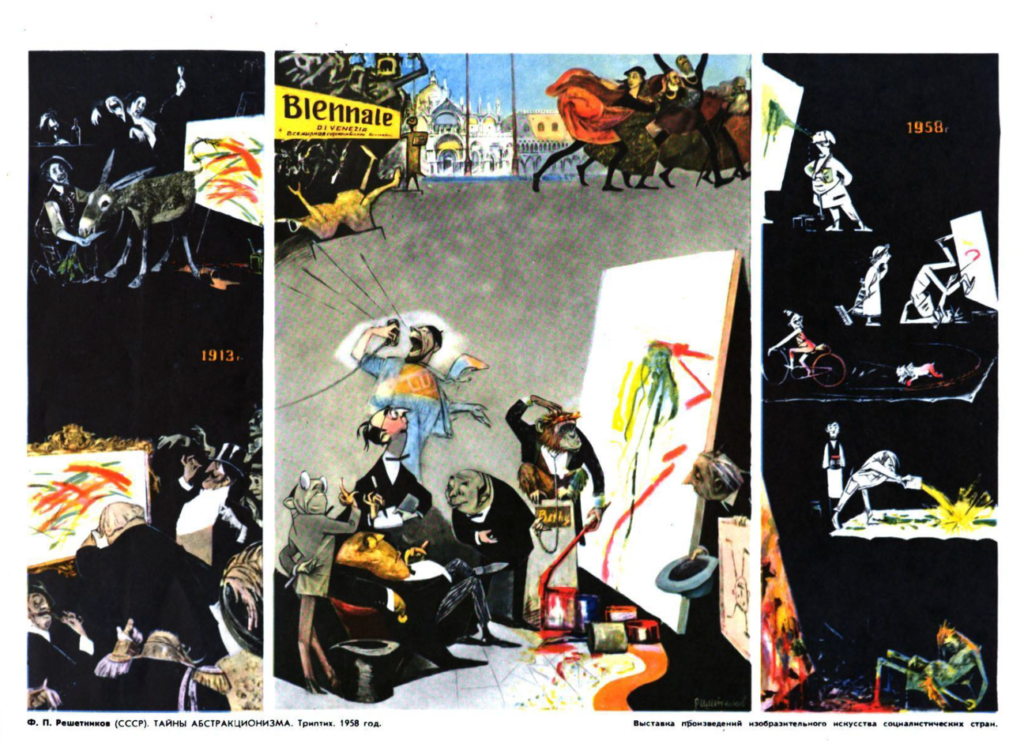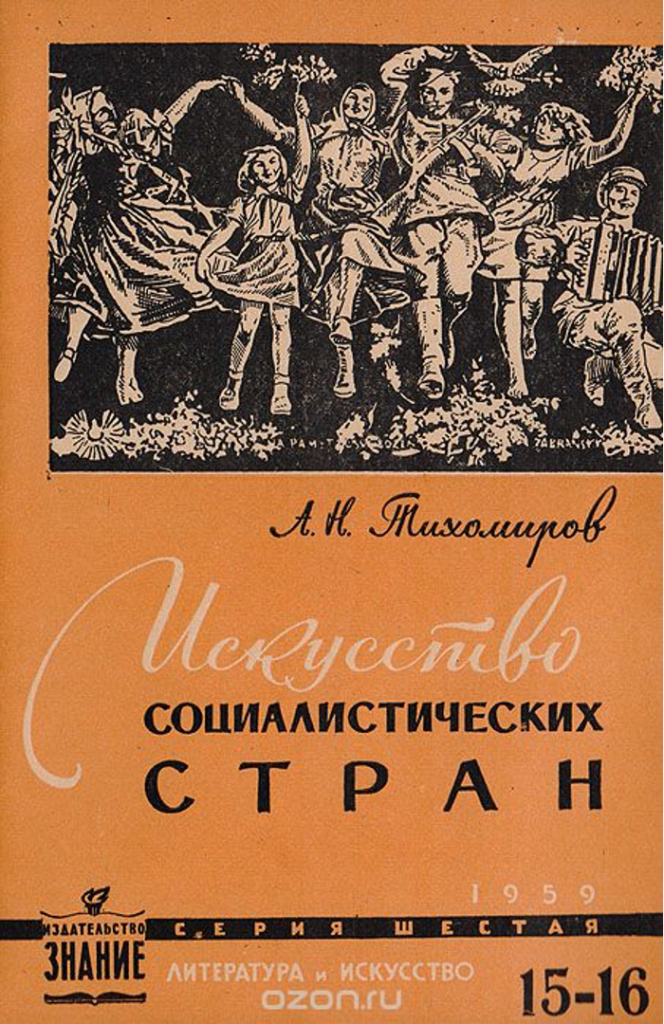
1956
Exhibition Hall Manege, Moscow, USSR
The Art Exhibition of Socialist Countries was held in 1958 in Moscow as a Soviet response to the Venice Biennale. It was the first large-scale international art show ever organized in the socialist hemisphere, with twelve national participations from Eastern Europe and Asia (Albania, Bulgaria, Czechoslovakia, the German Democratic Republic, Hungary, Poland, Romania, the Soviet Union; China, Mongolia, and the Democratic Republics of Korea and Vietnam).
Each attending nation was granted full autonomy in selecting the exhibits. The show was expected to provide the ground for a polycentric and inclusive art community under the shared “humanistic” principles of socialist art, thus to expand beyond “actually existing communism” to worldwide progressive forces. After its closure in spring 1959, the show was not repeated for reasons that are still unclear. Nevertheless, it contributed to the domestic debate, preparing Soviet artists to negotiate new conditions and concessions within the regulated art system and to legitimize new forms of socialist artistic expression, like so-called “severe style”.


